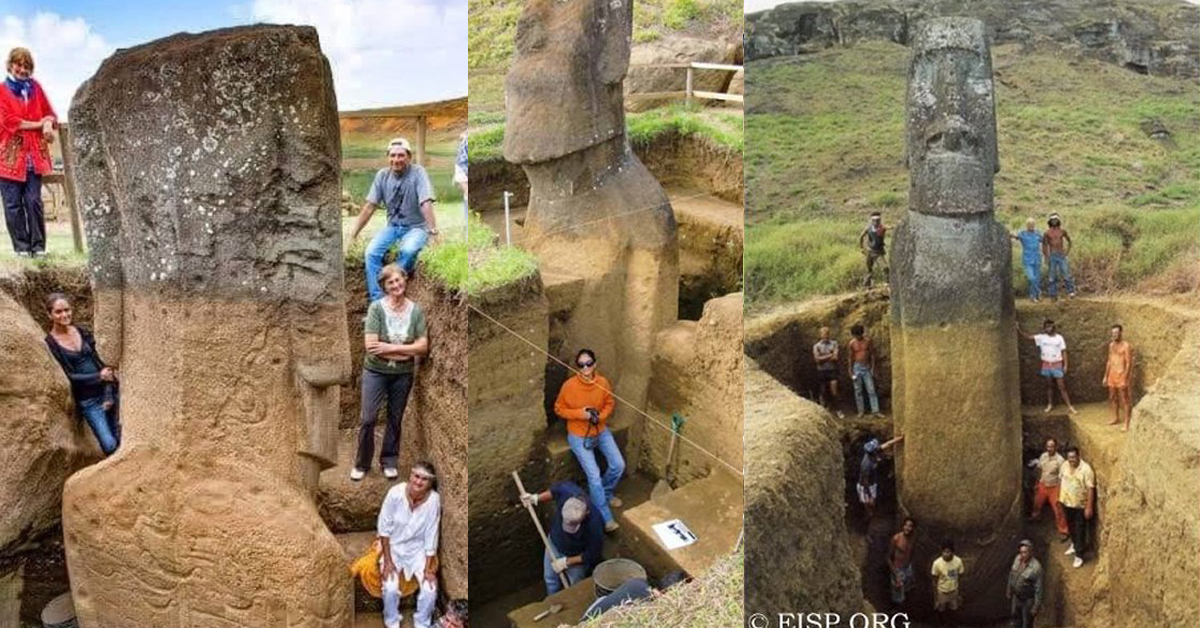Basic excavation safety ignored at Easter Island archaeological site puts tourists at risk
Some years ago, news broke of the archaeological excavations at Easter Island, 2,000 miles off the coast of Chile, famous for its Maoi “heads”, revealing that they had deeply buried torsos. Impressive images were published of the carvings on the stones, with speculation sparked as to their meaning, and renewed discussion about how the stones were placed there, and what caused the demise of the Rapa Nui people. The mystery of the 887 stones continues however, with many unanswered questions.
This week, alarming new images of the health and safety risks at the site have been circulating. Groups of tourists can be seen standing within the deep excavation sites, with no sign of any shoring to prevent soil collapse. Excavations of any depth are at risk of collapse if they are unsupported.
What is safe one day, might not be safe the following week. If ground dries out, it may be more likely to crumble. In heavy rainfall and wet weather, water may put additional pressure on the sides of an excavation.
There is a rule of thumb that a trench under 1.2m deep does not need shoring, but this will depend on the local environmental factors, such as soil type, location, moisture levels etc.
An example of how dangerous even shallow trenches can be is a report of a man stuck in a 3-foot-deep trench, which is less than 1m, so nowhere near as deep as those at Easter Island. Even with the help of paramedics they couldn’t get the man, or his injured foot, out of the trench – firefighters were called to help. In this case, it was a foot that was buried, so imagine if the worker had been kneeling or crouching when it happened. He would almost certainly have died – either from the earth crushing his rib cage, or suffocation from the time it took to dig him out.
This trench was less than 1m deep and is a reminder that excavations of any depth can be hazardous should they collapse, and that excavations of any depth are at risk of collapse if they are unsupported. Let’s hope tragedy at Easter Island isn’t on the horizon.












